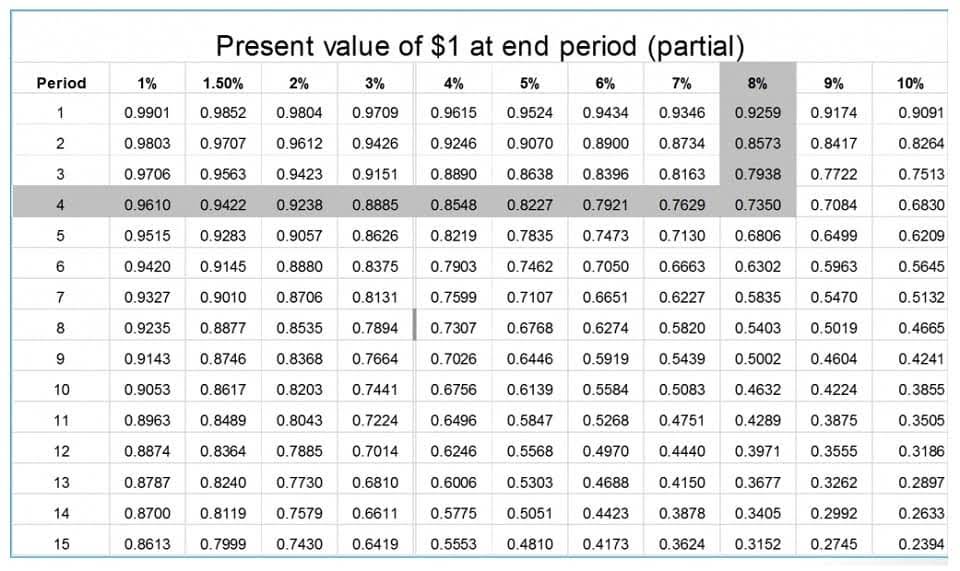
However, the court determined that the right to receive certain amounts of the retained fee had not yet become fixed and final until a final audit was complete. In fact, the taxpayer was not ultimately entitled to the full amount of the retainage, due to adjustments made during the audit. It is crucial to update these accounts upon invoicing and as payments are made or received, to reflect the accurate status of the what is retainage in accounting retainage.

Tips on Job Retainage
CPA Practice Advisor has products that deliver powerful content to you in a variety of forms including online, email and social media. The downside is that it’s not as simple as printing a deposit invoice and billing the remainder at the end of the job. Progress billing in any form requires quite a bit more math and accounting. While AIA billing has a bad rap for being confusing, cumbersome, and time consuming, it is a manageable process. In addition, because it is a form of progress billing, there are a lot of benefits to it. In this three-part series, we’ll provide all the answers you need for handling your first AIA job.
Company
- Proper documentation of all contract terms related to retainage is vital.
- If the party responsible (owner, general contractor, or subcontractor) does not release retainage in accordance with legal requirements, they will incur interest at the rate of 1% per month.
- If you can’t afford software with this capability, do what you can to record retention receivable and payable with each transaction.
- The specific percentage and terms are outlined in the construction contract.
- Vanessa is a Principal at SVA Certified Public Accountants and is responsible for audits, reviews, and compilations of financial statements for clients in a wide variety of industries.
This not only protects the interests of the client but also helps foster stronger relationships between parties involved in construction projects. The specifics of retainage are usually detailed in the construction contract between the project owner and the contractor. This contract should clearly outline the retainage percentage, the schedule for progress payments, and the conditions under which the retained funds will be released. For contractors, it is crucial to thoroughly review and understand these terms to avoid any potential disputes or misunderstandings down the line. Knowing the exact retainage percentage and the criteria for releasing the retained funds can help contractors plan their cash flow and project timelines more effectively. Retainage, or retention, is the portion of a contract payment withheld until project milestones are met.
Step 1: Review Your Contract
Formalizing yourself with the rules and regulations in your state can help you protect your business from more retainage withheld than necessary, or avoid having to wait too long to receive what you’ve owned. At the end of the day, construction businesses have a legal right to collect payment for online bookkeeping the projects and materials they provide. Therefore contractors need to understand all of their rights, responsibilities, and the retainage laws when it comes to negotiating retention construction and collecting it after the project is done.


It’s no secret that the construction industry is one of the toughest when it comes to managing cash flow. From large upfront job costs to unexpected change orders, it’s not uncommon for contractors to experience pretty significant delays in payment. As if that weren’t challenging enough, contractors also have to think about retainage, or the money withheld until a project owner is satisfied with a job’s completion. When not reimbursed quickly, these withheld funds can create cash flow problems and affect a construction company’s profitability. In summary, retainage in construction accounting is critical in maintaining the balance between ensuring project completion and managing cash flows effectively. It acts as a financial safeguard for project owners while posing challenges for contractors regarding cash flow management.
When a construction firm issues an invoice that includes retainage, the initial entry involves debiting Accounts Receivable for the total invoice amount, including retainage, while crediting Revenue for the same total. Understanding how to account for retainage is essential for accurate financial reporting and compliance. Properly managing these withheld funds can significantly impact cash flow and financial statements. Explore the nuances of accounting for retainage in construction contracts and its impact on financial statements.
Retainage in Construction Bookkeeping
It’s basically like working for a 40-hour paycheck every week but only getting paid for 30 because your boss is holding the rest of it until everyone finishes their work. Contractors should maintain a separate account for retainage receivables on the general ledger to accurately Cash Flow Management for Small Businesses reflect funds withheld from a contract that are due upon project completion. This account will typically be listed under current assets on the balance sheet.
Further Strategies to Minimize the Impact of Retainage

While you study the contract, it’s necessary to get the details of your finances to see how retainage will impact your cash flow. By conducting the project cash-flow forecast, you can ensure to cover the costs for the work performance each period, minus retainage. Your construction contract retention provisions determine how long retainage should be withheld, subject to any applicable regulatory restrictions.
The Ins and Outs of Retainage in Construction: Here’s Why It Matters
On the one hand, owners and others are allowed to withhold money from a contractor until the very end of the project. On some projects, that time period could stretch from weeks, to months, and even to years for the largest projects. Unfortunately, it’s clear that cash flow is an issue in the construction industry, and that’s even before retainage enters into the picture. Construction businesses fail faster and more often than any other industry, as highlighted in the industry’s failure rates. As you near the end of the job, you “release” the retainage — which usually makes up the final billing.
